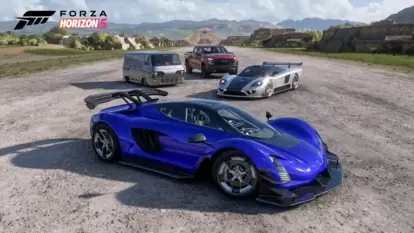Orbiter intelligent enough to take care of itself: Isro chief
A week ahead of India’s Mars Orbiter launch on November 5, Isro chairman Dr K Radhakrishnan tells Vanita Srivastava about the goals and challenges ahead.
A week ahead of India's Mars Orbiter launch on November 5, Isro chairman Dr K Radhakrishnan tells Vanita Srivastava about the goals and challenges ahead.
What were the technological challenges before you while preparing for the launch?
Globally, there have been 51 missions to Mars till date. Of these, only 21 have been successful. This is enough indication of the complexity of such missions. This is India's first interplanetary mission. We had to calibrate our hardware to withstand a territory not experienced before. Since there is a propagation delay of 20 minutes (one way) when we communicate with the spacecraft, because of its distance from Earth, the spacecraft has to be 'intelligent' enough to take care of itself during that period.
What are challenges after the launch?
The first major challenge will come on December 1, 2013 at 00:42 hours, when the Orbiter will be given the trans-Mars Injection when it escapes from the Earth's sphere of influence and enters the heliocentric orbit, which is also called the trans-Martian orbit. The Mars Orbiter has to go a distance of 200 million km to 400 million km, which itself is a big challenge. Another major event will be the Orbiter entering the sphere of influence of Mars on September 24, 2014. At that point, the Orbiter has to be slowed or it will just disappear in Space.
What are the main objectives of the mission?
One of the main objectives is to develop technologies required for design, planning, management and operations of an interplanetary mission. The scientific goals include exploration of Mar's surface, topography, mineralogy and atmosphere.
Why was there such a rush? Are you competing with countries like China?
Earth and Mars, based on their orbital geometry, come closer to each other in every 26 months so we had to capitalise at the earliest possible opportunity. If we missed this, we would have to wait for the next opportunity, which would come after 26 months. We are certainly not competing with any country, including China.
What kind of support is NASA providing to the mission?
We have to continuously track the spacecraft. Besides our own ground station at Byalalu, near Bangalore, we would be taking the support of NASA's jet propulsion lab's deep space network and its three international ground stations at Goldstone, Madrid and Canberra.
What about your plans for a manned mission?
While we are yet to take up a human spaceflight mission, we have progressed in areas such as crew module, crew-escape system, environment control and re-entry and recovery techniques.
Catch all the Latest Tech News, Mobile News, Laptop News, Gaming news, Wearables News , How To News, also keep up with us on Whatsapp channel,Twitter, Facebook, Google News, and Instagram. For our latest videos, subscribe to our YouTube channel.































